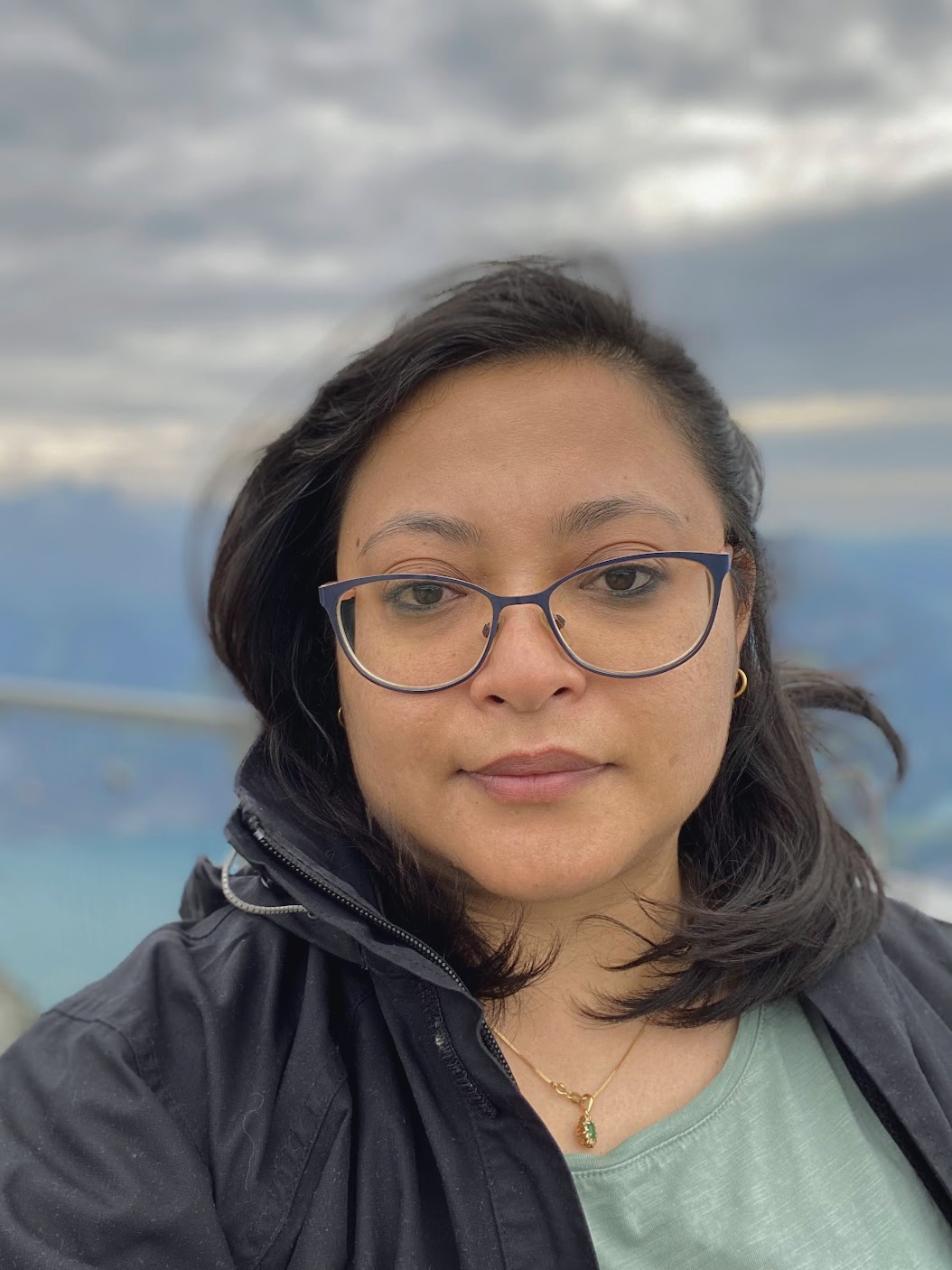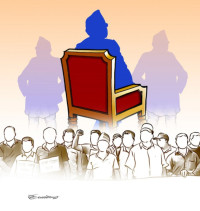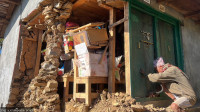Columns
Casteless gender
The upper-caste woman is not incapable of critical self-reflection; she is disinterested in caste.
Kumud Rana
I recently attended two international conferences on Nepal studies held in Kathmandu. I have attended similar events before, where I often participate in various capacities on panels on gender. It is common to find a good number of upper-caste women scholars presenting at these panels, with an increasing number of Janajati and a lower proportion of Dalit, Madhesi or Muslim scholars. The latter often provide a much-needed counternarrative to what Seira Tamang has called the hegemonic idea of a Nepali woman that white and upper-caste development practitioners and researchers have fashioned after the image of an upper-caste Hindu woman.
Following on from their white counterparts, it is usual to encounter this dominant idea of a Nepali woman in upper-caste women’s analysis of gendered inequality, both in scholarship and activism. When asked about the experiences and perceptions of young Nepali men and women from different caste and ethnic groups on gendered violence, a Nepali speaker at one of the two conferences replied that she did not find such distinctions in her study. Despite nudges from a Janajati discussant assigned to comment on her paper and from other Janajati women scholars present, she went on to paint a picture of gendered violence as mostly unaffected by caste and ethnicity among other axes of marginalisation.
Witnessing her increasing confusion and discomfort, it was clear that she did not find these intersectional nuances in her study because she had not asked participants about them in her survey and interviews. To put it mildly, she missed a caste/ethnic analysis because of her epistemic location as an upper-caste woman. To put it more firmly, she was disinterested in caste or ethnicity because her own experiences did not intersect with these systems of marginalisation. For her, a Nepali woman could only ever be affected by gendered discrimination. Why in the world would caste or ethnicity matter? The day’s earlier panels with critical discussions on gender within Dalit and Indigenous scholarship clearly failed to provide her an opportunity for introspection and reflection.
Not all upper-caste women are cut from the same cloth. A young upper-caste scholar at the next conference showed impressive awareness of her caste privilege and countered an ill-informed set of recommendations from an older white scholar on how Nepal should handle its quota system.
But when carrying out her analysis, the upper-caste scholar presented a rather unidimensional understanding of the forever-silenced Nepali woman, presenting upper-caste, older women as the voiceless women of Nepal, albeit in the context of the domestic sphere. When asked to elaborate on her reference to Indigenous feminist critiques and what that might add to her analysis, she was unable to go beyond a seemingly benevolent position of not criticising someone else’s culture, almost as if propelled by what is now well known as a white saviour complex within development work. What she misunderstood about the comment from the discussant was that it is important to seriously engage with Nepali Indigenous and Dalit critiques in a way that might inform a more critical approach to her methodology. Such an attitude disregards the fact that Nepali Indigenous and Dalit feminist writers are serious thinkers who have stood their ground to critique their respective movements. It also ignores the reality that their work could benefit all Nepali women. This is not the same as an invitation for upper-caste women to speak for and over Dalit and Janajati women.
I find upper-caste academic friends and colleagues often valuing fluency in (preferably) the English language and dexterity in obscure, superficial theoretical ponderings over the actual content of the analysis. An upper-caste acquaintance once remarked that a prolific Janajati writer’s work in Nepali critiquing the Janajati women’s movement was ‘not theoretical enough’. Engagement with theory was equated with the citation of Western scholars and publications in international journals, a process that the acquaintance, and likely the young scholar above, was being trained into in the foreign university she attended.
Theoretical engagement, then, could also only be possible in English. Having had to learn Nepali later in life, the Janajati scholar sometimes talked about feeling shortchanged that she now needed to learn yet another language to be seen as a credible scholar. As of this date, she has published nine books, half a dozen journal articles and numerous research papers, book chapters and long-form magazine articles, building a corpus of work on Indigenous feminist theorising in the Nepali language. My peer, meanwhile, has published two pieces of academic texts in English in her field of expertise. This is not to discredit a highly intelligent colleague, but to highlight the discrepancy between the amount of intellectual and emotional labour demanded of Nepali women positioned differently within existing caste and ethnic hierarchies, which frequently overlap with class hierarchies.
In all these instances and many more, it is Janajati, Dalit and other marginalised women who expend their intellectual and emotional labour trying to gently and firmly guide the upper-caste woman out of her myopic worldview. But the upper-caste woman responds with flustered confusion at best and a righteous defensiveness at worst. The latter reflects what the American author Robin Jeanne DiAngelo has termed ‘white fragility’ to describe the defensive instincts and reactions from white people when made to reflect on their racial privilege. It consciously and unconsciously afflicts white people from across socio-economic divides, just as upper-caste fragility affects people regardless of other intersecting ways in which upper-caste people might be disadvantaged.
Intelligent as she is, it is not that the upper-caste woman is incapable of critical self-reflection, but it is rather that she is disinterested in caste. At times, drawing from usually upper-caste postcolonial theorists and liberal white feminists, and a tokenistic engagement with Black feminists, the upper-caste Nepali woman might only criticise white women or the West in general, but simultaneously emulate the white woman who is disinterested in race. In international spaces, she might construct herself as ‘brown’ and a ‘woman of colour’ from the global South and even a subaltern, but rarely one marked by caste. By mere omission, she constructs herself as unmarked by caste.
This is what Indian sociologist Sharmila Rege means when she says, ‘the upper-caste woman repeatedly constructs gender as casteless’. Similarly, Sarita Pariyar, Kailash Rai and Pranika Koyu, among others in Nepal, have pointed out how Dalit and Janajati men often construct caste (and ethnicity) as genderless. But as Dalit queer scholar Dhiren Borisa says, ‘gender is caste and caste is gender’. This comes from the understanding that caste or ethnic distinctions cannot be maintained without the regulation of gender, or more specifically, without the policing of women and queer people’s bodies and sexualities. Hence, talking about gender necessitates an engagement with caste and ethnicity in Nepal and vice versa. If she is to be an ally and a critical thinker in her own right, the upper-caste woman must recognise and unlearn the processes by which she has been socialised into disregarding this.




 18.12°C Kathmandu
18.12°C Kathmandu















